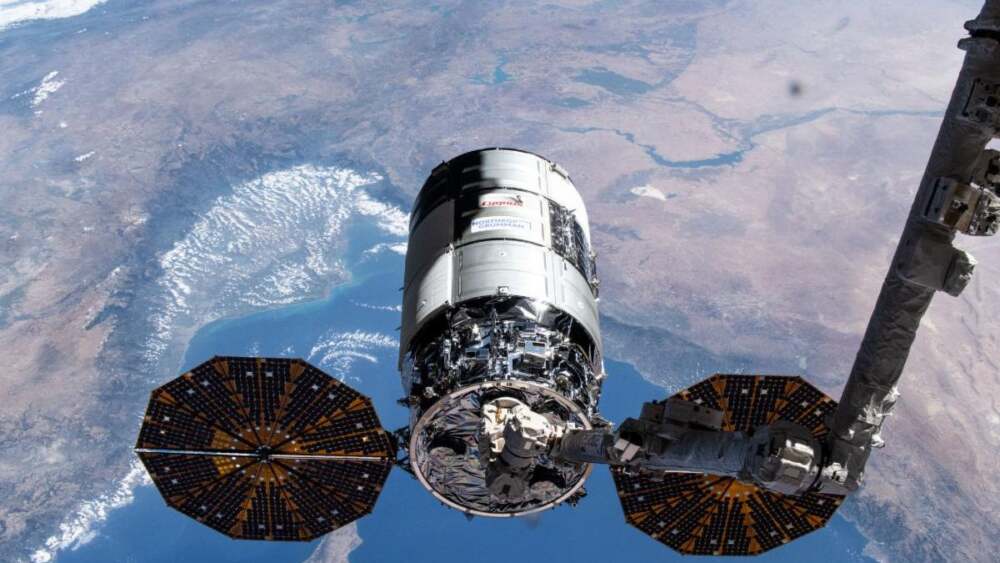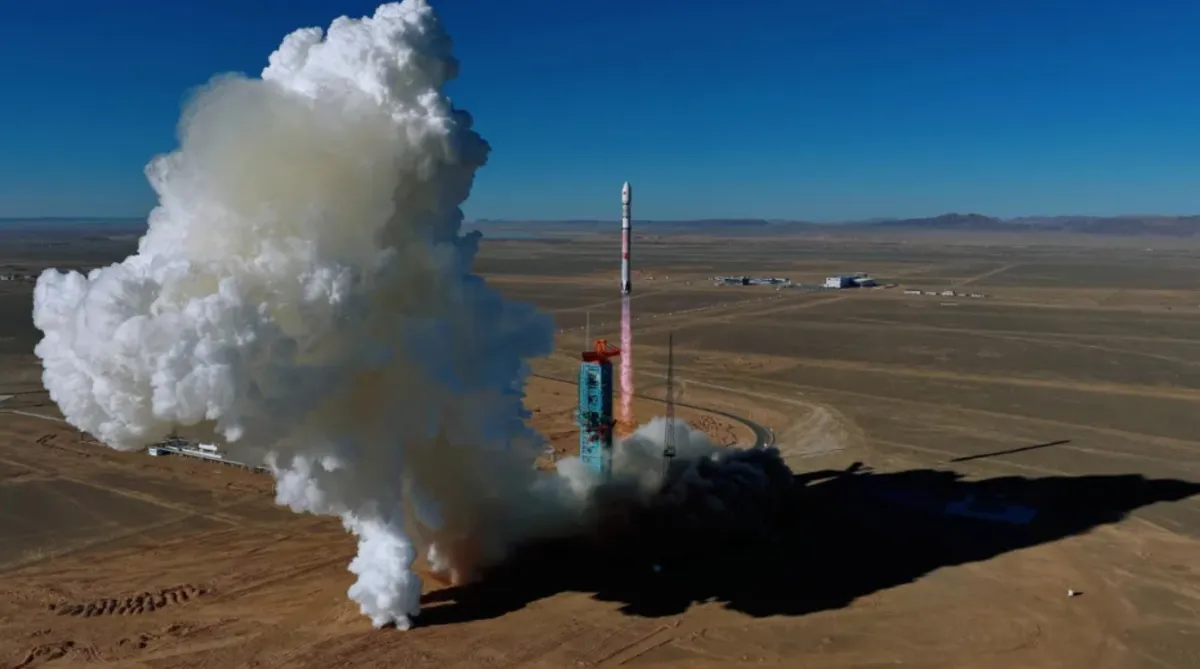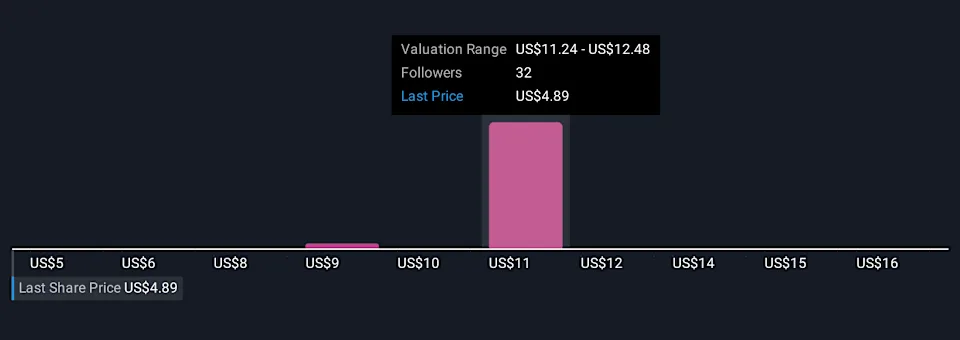Space agencies and commercial partners are gearing up for a major supply run to the International Space Station (ISS). The next mission, dubbed NG-23, will send the newly upgraded Cygnus XL cargo spacecraft into orbit atop a Falcon 9 rocket. It’s set to launch from Cape Canaveral, Florida, and marks several firsts in terms of capacity and capability.
What’s New with Cygnus XL
- Larger Payload Capacity: The Cygnus XL can carry about 33% more cargo than earlier versions of Cygnus. In this mission, it is loaded with roughly 11,000 pounds (about 5,000 kg) of supplies and research hardware.
- Upgrades for Science & Station Support: On board are experiments such as semiconductor crystal growth in microgravity, systems to improve cryogenic fuel tank performance, and measures to prevent microbial growth in station water systems. There are also pharmaceutical crystal development payloads addressing applications in areas like cancer.
Key Mission Details
- Launch Date & Time: The mission is scheduled for the evening of September 14, with Falcon 9 lifting off from Space Launch Complex 40 at Cape Canaveral.
- Booster Reuse: The first-stage booster used for this flight (identified as B1094) has already flown multiple times. After stage separation, it is expected to return to a landing site at Cape Canaveral.
- Capture and Berthing: After a journey of about three days post-launch, Cygnus XL will arrive at the ISS. The station’s robot arm (Canadarm2) will grapple the spacecraft and berth it to the Unity module’s Earth-facing port.
Mission Duration & Operational Notes
- The spacecraft is expected to remain attached to the ISS through early 2026, delivering parts, performing experiments, and supporting station maintenance.
- There are plans for temporary unberthing during the Soyuz MS-28 arrival later in the year, to clear docking corridors, before returning and staying until its final departure. Once the mission concludes, Cygnus XL will be unberthed and burn up on reentry — as is standard for this class of cargo ship.
Why This Mission Counts
- Boosting cargo capacity helps NASA, Northrop Grumman, and their partners deliver more scientific experiments and station hardware in a single trip, improving efficiency and reducing logistical overhead.
- The new vessel supports a broader range of experiments, especially those requiring specialized conditions like crystallization and contamination control.
- Reusing rocket hardware continues to be a critical part of making missions more sustainable and cost-effective.
Bottom Line
NG-23 is more than just another resupply flight. It represents a step forward in how much cargo can be delivered, how advanced science can be supported aboard the ISS, and how commercial spaceflight keeps pushing the envelope. For the station crew, these are essential supplies; for science, it’s another chance to explore what’s possible in orbital microgravity with better tools.
















Leave a Reply